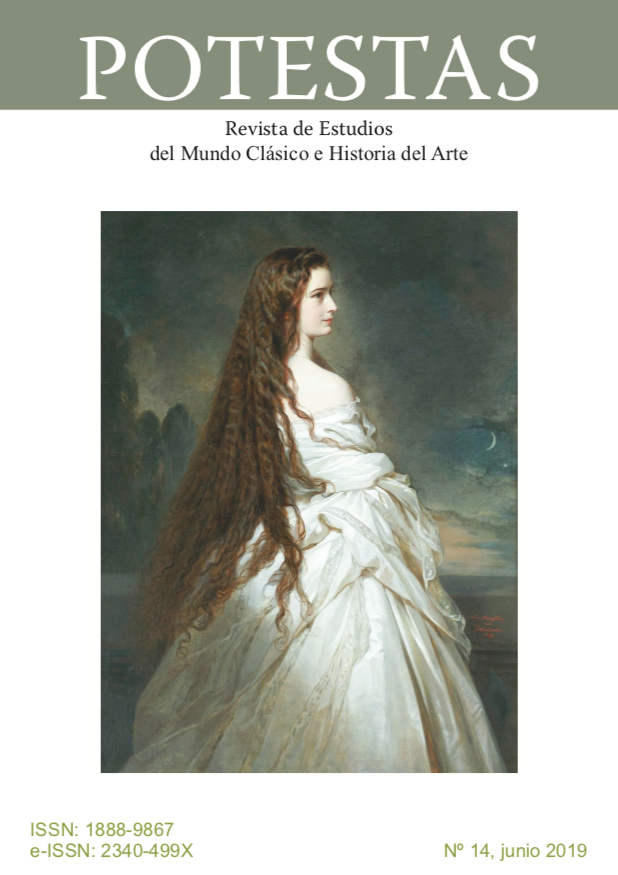Cultic Allusions in the Heraklitos Mosaic
Contenido principal del artículo
Resumen
The Heraklitos mosaic, which dates to the second century AD and is displayed today at the Vatican Museums, depicts the theme of the asàrotos òikos (unswept floor) alongside allusions to Dionysian and Isiac mystery cults. The mosaic is well known due to its highly illusionistic depiction of scraps of food, which are scattered evenly across the room’s floor, as if left behind – a theme which according to Pliny was first created by the mosaicist Sosus in Hellenistic Pergamon. The mosaic Pliny is referring to was never discovered, and the theme is known today only through five surviving Roman variations, the Heraklitos mosaic being the largest and most elaborate one. This article examines the ways in which the Heraklitos mosaic expresses the connection between power, social statues and initiation into mystery cults in Imperial Rome, and explores the connection between traditional Roman beliefs, foreign cult practices and elitist artistic representation.


